Blog
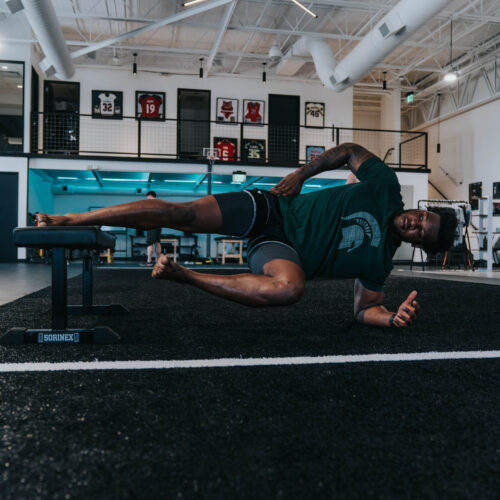
9 Things You Should Know About Sports Performance Training
Exercise has certainly seen many trends, fads, and movements over the last several decades in the United States. The 1920s saw the rise of physical education in schools. Later, in the 1940s and 50s, aerobics, bodybuilding, and home fitness were all the rage for fitness enthusiasts. The 60s and 70s were witnesses to jogging and...
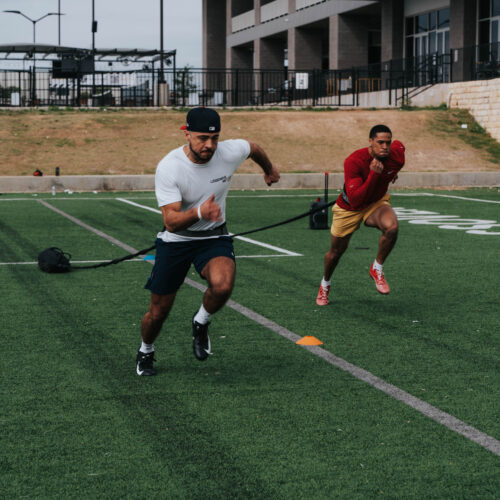
How Speed and Agility Training Can Help You Meet Your Goals
Returning a tennis serve, rebounding a 3-pointer, stealing second base, and running a stick route all require knowing different angles when it comes to agility. Speed and agility training can help athletes to anticipate, accelerate, and react when it comes to making big plays. Cross-training can help. While speed and agility coaches won’t make you...
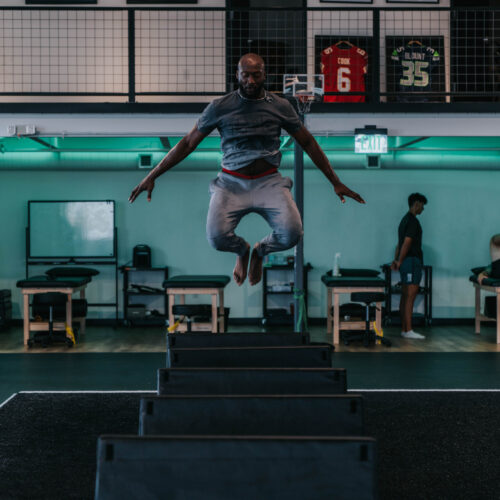
What Are The Benefits of Plyometric Training?
It’s not just jumping jacks. Plyometric training uses explosive movements to help improve athletic performance. Plyometric is great for athletes of all levels. From Olympians and professional athletes to dancers, general fitness enthusiasts, and even military members and youth sports athletes, plyometric training can be a great way to enhance athletic skills. Plyometrics can be...
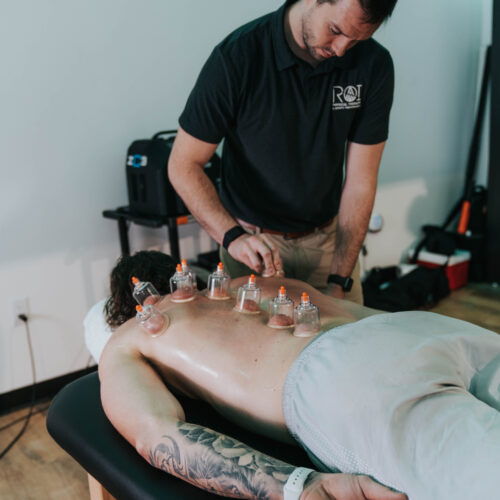
What Your Physical Therapist Knows About Cupping Therapy
During one of the more recent summer Olympic games, a lot of athletes—including swimmers and gymnasts—attracted attention due to the telltale red circles on their upper back and shoulders; they were doing cupping therapy before their events. Cupping is a common healing treatment used in sports that has many benefits for both recovery and performance. ...
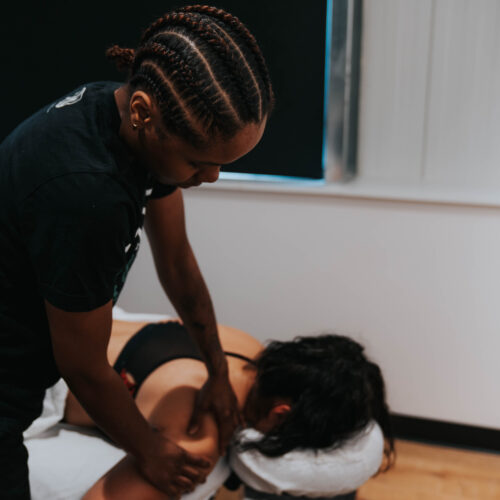
Why Athletic Massage Is A Key Element Of Physical Therapy
From Egypt to China, and from Japan to Greece, many cultures have had a hand in influencing the art of massage. Modern massage techniques have been influenced by principles of holistic health, medical treatment, and reflexology. The Greeks were well known for their focus on physical strength and athleticism, and even Hippocrates himself was known...
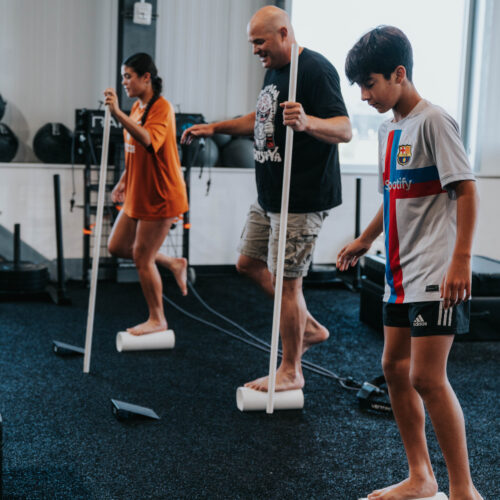
9 FAQs About Group Strength Training
Working out consistently takes discipline, persistence, and commitment. Staying physically active can be tough, but research has shown that working out with a buddy—or training in a group—can have great benefits. According to the CDC, working out with a partner can help you to feel more motivated, to be more adventurous, and to stay more...
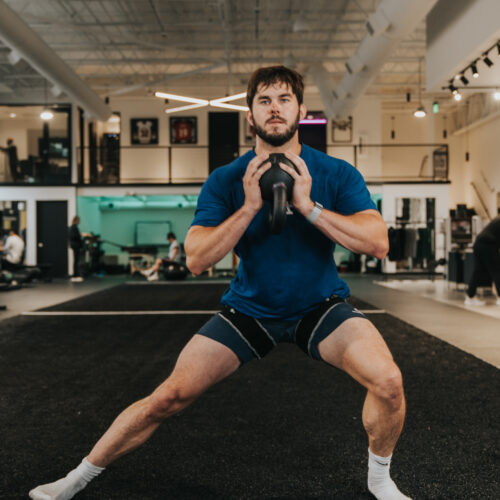
A Beginner’s Guide To Athlete Performance Training
The very best professional athletes tend to follow disciplined training routines that keep them in top condition for performance during competition. As a four-time NBA champion, a two-time NBA MVP and masterful shooter, Steph Curry is an athlete who knows a lot about performance training. As he told NBA.com: “It does matter what drills you...
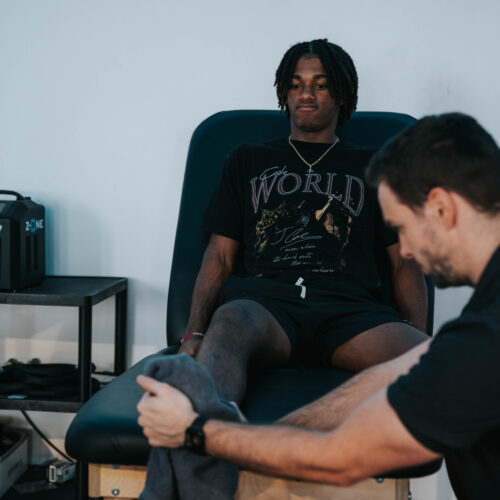
What A Physical Therapist Will Do During An Injury Assessment
An injury can be a challenging thing for any athlete to deal with. Whether it’s a torn ACL or MCL, a torn rotator cuff, or another hurt muscle, bone, or ligament—injuries in sports deserve a great rehabilitation plan. Your best way to get on the road to healing is to work with a trained physical...
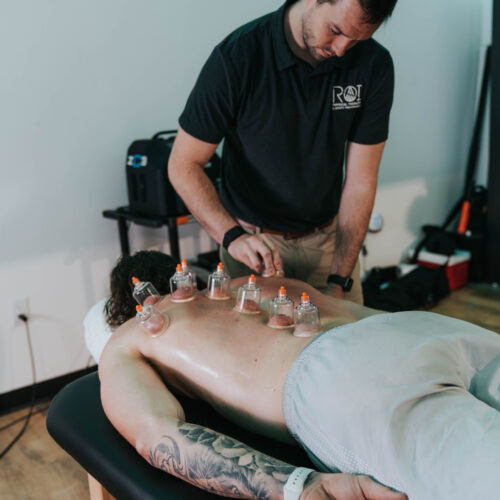
How Cupping Benefits Your Physical Therapy
Get a massage. Stretch. Sit in the sauna. Dunk in a cold tub. Hydrate. Repeat the cycle of rest, ice, compression, and elevation. There are so many different treatments that athletes can incorporate into their routines for healing. Dry needling and cupping are also among the methods that are used to help athletes with their...
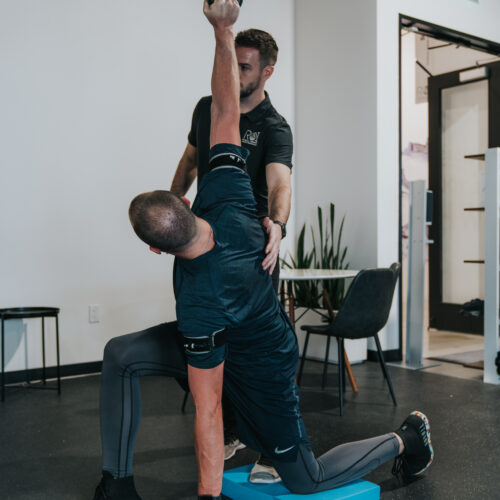
How To Know If You Have The Best Sports Injury Physical Therapy
Tears, breaks, and strains can happen to the very best athletes, even if they’re conditioned and strong. Injuries, it seems, are a common part of athletics, especially when athletes are pushing themselves to their limits. Labrums can tear from overuse and repeated overhead motions. Sometimes MCLs or ACLs can tear from overuse or from impact...
